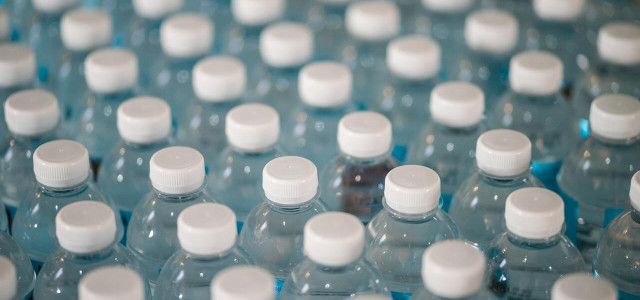How long does bottled water last? The answer is complicated. But does it matter? Yes — our most vital resource is precious and facing mounting threats every day.
“How long does bottled water last?” is not a straightforward question. Water itself does not expire, and no regulation currently exists in the US to say it should carry an expiration date. Most manufacturers do, however, generally place a two-year lifespan on bottled water. This helps with stock rotation and machinery costs for labels but also boosts consumerism — as expired bottles must be discarded and replaced.
We already make many mistakes that keep everyone from saving water. Discarding bottled water just because a label says we should is one such mistake. Consumption of bottled water is steadily rising each year in the United States, so it’s important to understand how long bottled water lasts. Let’s take a look at what the experts, scientists, and government bodies have to say.
How Long Does Bottled Water Last?
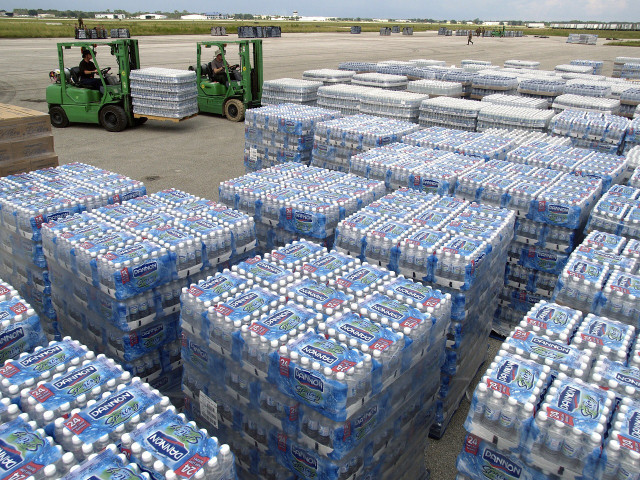
(Foto: CC0 / Pixabay / 12019)
The FDA is responsible for protecting consumers of bottled water through the Federal Food, Drug, and Cosmetic Act. This act covers safe manufacture and honest labeling of products. The FDA must ensure that the quality standards for bottled water are compatible with EPA standards for public drinking water.
The FDA has reported that bottled water has an indefinite shelf life, provided that it meets EPA standards and is stored in an unopened, properly sealed container. This means that the government does not require bottled water to be safer than tap water. In fact, some bottled water is tap water.
In 2019, city officials distributed bottled water to residents following contamination in Newark’s public water supply. The bottled water had exceeded its expiration date, and distribution was halted until the Department of Health confirmed that water does not expire and said it was safe to consume. The residents protested regardless and insisted on new supplies, which were later delivered. Let’s find out why.
How Long Does a Bottle Last?
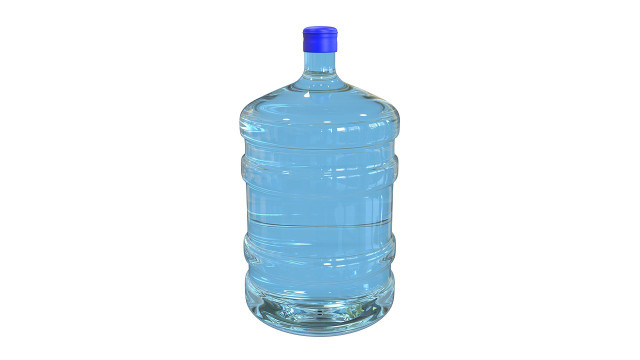


(Foto: CC0 / Pixabay / wbe1951)
How long bottled water lasts will largely depend on the bottle and how it is stored. The International Bottled Water Association (IBWA) advises that bottled water should be stored:
- At room temperature or cooler
- Out of direct sunlight
- Away from solvents and chemicals — such as gasoline, paint thinners, household cleaners and dry cleaning chemicals.
These recommendations are why the Newark residents — and many others — had and have concerns about expired water supplies. Although water itself doesn’t expire, bottled water can change chemically during the time it is stored. The type of container will dictate how that may happen.
Plastic containers comprise 97.3 percent of the American bottled water market. Glass bottles account for the remaining 2.3 percent. Plastic bottles are primarily made from polyethylene terephthalate (PET), polycarbonate (PC), and high-density polyethylene (HDPE) plastics. Many bottled water companies use these plastics for their water coolers, too.
PET plastic is particularly popular because it can be recycled many times over. Despite PET recyclability, concern has been raised about the migration of potentially dangerous — and largely unknown — chemicals from these plastic bottles into the water they contain.
Clear and Colorless Contamination
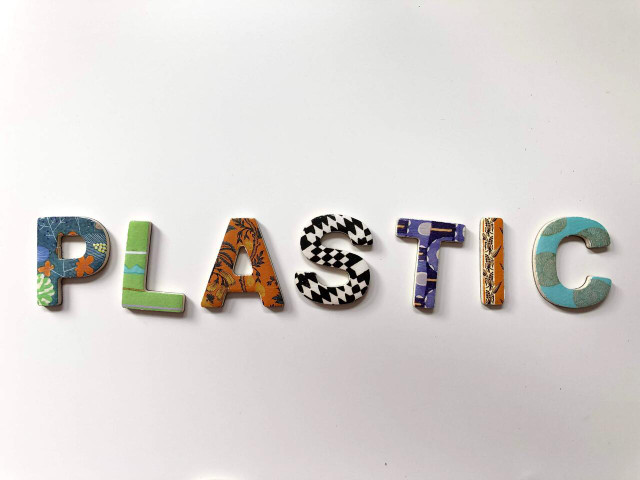


(Foto: CC0/ Unsplash /Merakist)
Water is clear, colorless, and fairly tasteless. So are the chemicals and microplastics that can seep from plastic bottles into the water they contain — a process called leaching. Nanoplastics are tiny plastic particles that have infiltrated all major environments and matrices — they can be found in oceans, sediment and even human bodies.
Research is ongoing to determine if these minute particles can enter human cells and disrupt normal cellular activity. Some researchers fear that these nanoplastics can cross the blood-brain barrier, enter the placenta, and be distributed to organs — like the liver and brain.
Some of the chemicals in plastic water bottles include bisphenols and phtalates — which have been long known to negatively affect human health. In 2013, at least 91 studies were found to link bisphenol A (BPA) to adverse human health outcomes.
Leaching Rates Affect How Long Bottled Water Lasts
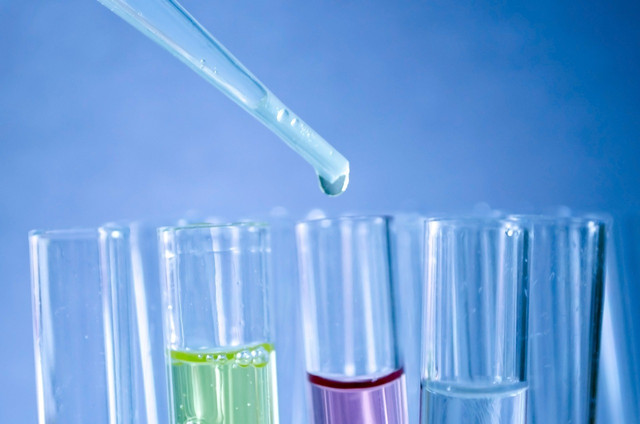


(Foto: CC0 / Pixabay / PublicDomainPictures)
Validated research has shown that BPA disrupts normal body functioning by influencing the endocrine system — which regulates our body functions through hormones. BPA is most commonly consumed through contaminated food and water, and has been detected in more than 90 percent of the American population over six years old.
What are the health effects of BPA?
BPA mimics the effects of the female hormone estrogen and belongs to a class of chemicals known as endocrine-disrupting chemicals (EDCs). Current scientific evidence strongly supports links between BPA infiltration and:
- Cardiovascular and autoimmune diseases
- Reproductive and fertility disorders
- Breast, testicular and prostate cancers
- Erectile dysfunction
- Obesity and insulin resistance
- Diabetes and other metabolic disorders
- Neurotoxicity & immune toxicity
- Behavioral issues
- Fetal abnormalities
What about BPA substitutes?
Many plastic bottles now contain BPA substitutes — but that’s not necessary good news either. Bisphenol S and F are common alternatives to BPA — but they too are associated with a host of negative outcomes.
Researchers have found a positive correlation between the presence of all three bisphenols — A, S and F — and cryptorchidism (the absence of at least one testicle at birth) and suggest that the compounds may mutually interact with each other in ways we don’t yet understand — and with other EDCs.
An extensive literature review in 2015 examined 32 academic studies and concluded that BPS and BPF are as hormonally active as BPA. Researchers in California this year agreed and advocated for further testing and studies.
Do phthalates have a similar effect?
The chemical family of phthalates are also endocrine disruptors, according to Harvard University. They say that pregnant women, fetuses and newborn children are most vulnerable to these “pervasive chemicals”. It now also seems possible that some of the unidentified chemicals in PET plastics have the potential to interfere with the hormonal balance in the body, too.
What about PET?
Researchers used genetically engineered yeast that changed color in the presence of estrogen-like compounds to analyse 20 samples of mineral water. Nine samples came from glass bottles, nine from PET plastic bottles and two were in cardboard, juice-like boxes. Estrogenic activity was observed in seven of the nine plastic bottles and on both the cardboard samples. Three of the nine glass bottles tested positive also.
Sadly for the planet and us — recycling processes may concentrate or even introduce new chemicals to the PET value chain.
PET is also known to leach a harmful metal, antimony, that can cause lung, heart and stomach problems — as well as over 150 other compounds — that is released when water is stored incorrectly and at high temperatures.
In conclusion
How long water lasts will primarily come down to the length of the chemical leaching process and how well the bottled water was stored. These chemicals leach out of the plastic bottles most often when bottled water is exposed to very low or high temperatures, when they have been exposed to sunlight, or when the water has been in the bottles for a long time.
Because these bottles are slightly permeable, they may also allow ambient air gases — such as vapors from household solvents, petroleum-based fuels, and other chemicals — to leach into the bottled water too. This can alter the taste, chemical composition, and quality of your bottled water.
Does Bottled Water Go Bad in Other Ways?
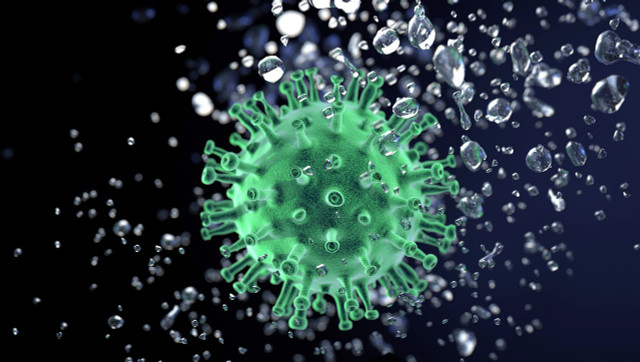


(Foto: CC0 / Pixabay / PIRO4D)
You might have noticed a subtle taste from your bottled water if you opened it a day or two earlier. This is because the water interacts with the carbon dioxide in the air once opened, causing a slight change in the pH of the water. That doesn’t mean it’s unsafe, though.
However, exposure to microbes can be a problem once a bottle is open — or if the water is contaminated. Bacterial colony counts have been shown to increase dramatically in opened bottled water stored at high temperatures.
The FDA Good Manufacturing Practices (GMPs) mandate that bottled water is produced in a hygienic environment and bottled in sanitary, safety-sealed containers. Safe storage is as important for contamination prevention as it is for the prevention of leaching. Tap water does not carry the same risks due to the chlorine content added to it.
Also interesting: This is How to Clean Your Water Bottle & How Often
Avoid Water Waste
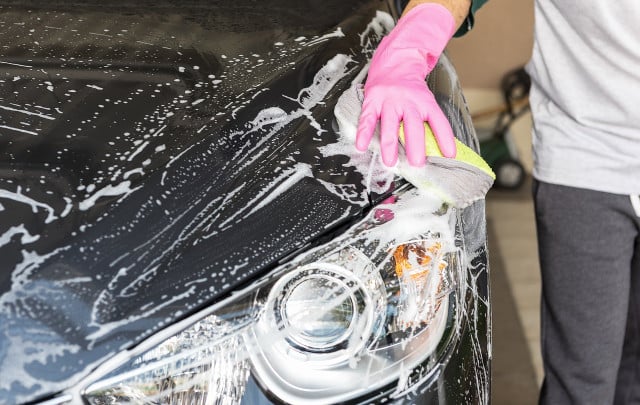


(Foto: CC0 / Pixabay / sasint)
Water is our most precious resource on Earth. While we do not recommend drinking bottled water that has expired, we do not advocate wasting it either. Given all the research that shows infiltration of chemicals and microplastics, we do not recommend feeding expired water to your pets or to plants you intend to eat.
Instead, use bottled water to ornamental water plants in your garden or for cleaning in and outside the. You can also use it in water features both indoors and outside.
Use your expired water to clean with your DIY dusting spray or DIY upholstery cleaner. Wash your hands, hair, car, or clothes if you have plenty to spare. Whatever you decide, try to make sure you use bottled water before it expires in the future.
Make Sure Water Lasts Forever
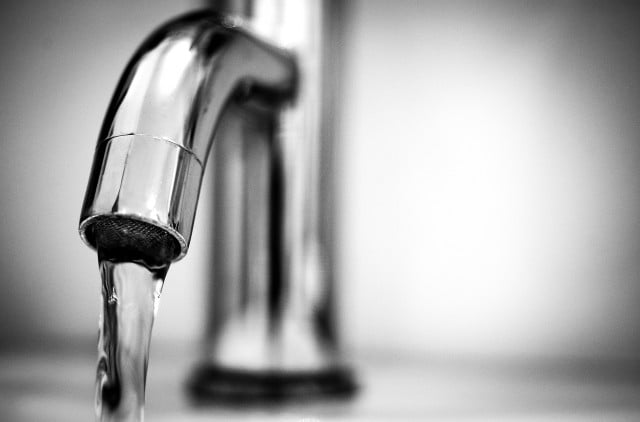


(Foto: CC0 / Pixabay / Skitterphoto)
If you want to avoid the contaminants associated with plastic compounds, check out our article on reusable, eco-friendly water bottles or learn how to reuse plastic water bottles safely.
If you truly want to protect your own and the planet’s health, choose to go plastic-free and read some of our tips for a life without plastic. This will not only help you, but also help mitigate the growing problem of plastic pollution in the ocean.
Unfortunately, nearly 60 million Americans don’t drink tap water, and two million don’t have access to clean drinking water, which has a catastrophic impact on the environment and water as a resource. US landfills are currently “overflowing with two million tons of discarded water bottles alone,” and only 1 in 5 bottles are estimated to be recycled.
According to Harvard University:
- The entire life cycle of bottled water uses fossil fuels, contributes to global warming, and causes pollution.
- More than 17 million barrels of oil are required to produce enough plastic water bottles to meet America’s annual demand for bottled water.
- 86 percent of plastic water bottles used in the US become garbage or litter.
- Bottled water is about 3,000 percent more expensive per gallon than tap water.
A research scenario in which the entire population consumed tap water instead of bottled water yielded the lowest environmental impact on ecosystems and resources compared to bottled water. In the same study, the scenario where the entire population drank bottled water yielded the highest impacts —1400 times higher for species lost and 3500 times higher for resource use.
Check out our article on tap water vs. bottled water to find out all you need to know about making the switch. To store water for emergencies, the CDC advises using a sanitized container with a top that can be closed tightly and is made of durable, unbreakable materials. To store the water, they recommend:
- Label container as “drinking water” and include storage date.
- Replace stored water every six months.
- Keep stored water in a place with a cool temperature (50–70°F).
- Do not store water containers in direct sunlight.
- Do not store water containers in areas where toxic substances, such as gasoline or pesticides, are present
Read more:
- Plastic-Eating Mushrooms: They’re Real (& Some Are Edible)
- Plastiglomerate: Plastic Rocks Are a Horrible New Type of Pollution
- Plastic Packaging that Makes You Question Humanity
Do you like this post?






